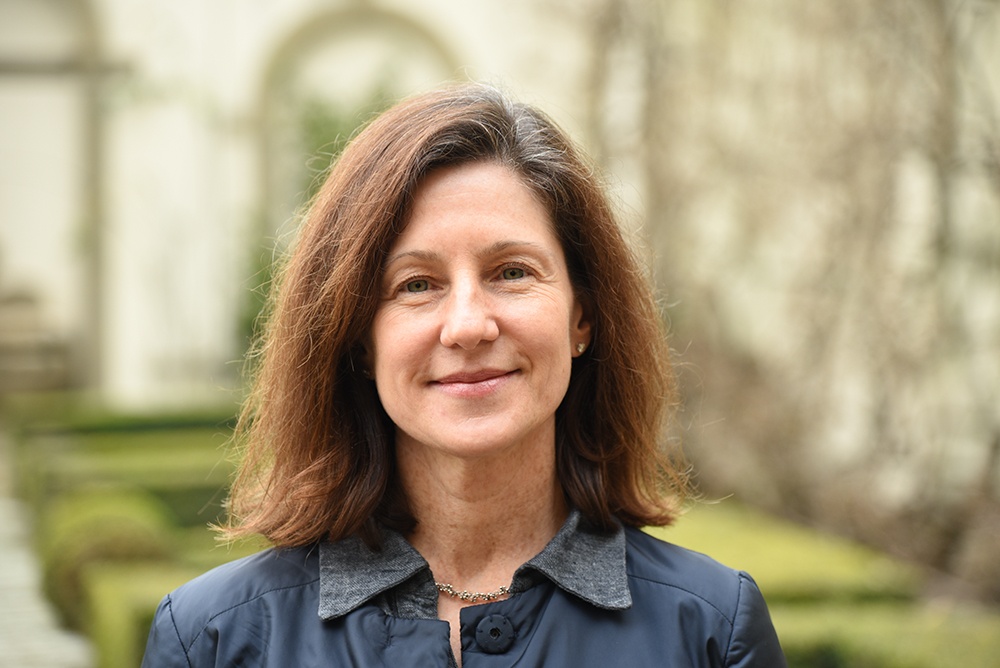Stephanie Leone
Building Baroque Rome under Pope Innocent X Pamphilj
2017 - 2018 (January-June)

Biography
Stephanie C. Leone is Associate Professor of Italian Renaissance and Baroque Art History at Boston College. Primarily focused on seventeenth-century Rome, her research encompasses papal court patronage, architecture, urbanism, collecting, and the display of art. Her monograph on the Palazzo Pamphilj in Piazza Navona (2008) considers the intersection between palaces and social rituals and the roles of patrons, architects, and advisors in building. Leone is the editor and a contributing author of The Pamphilj and the Arts: Patronage and Consumption in Baroque Rome (2011). She has written the chapter on “Palace Architecture and Decoration,” in A Companion to Early Modern Rome, 1492–1692 (forthcoming Brill, 2018).
Project Summary
No one would deny that the artist-patron relationship between Gianlorenzo Bernini and Pope Urban VIII Barberini was one of the most innovative in the history of art and architecture, but this emphasis on celebrities overlooks an important part of the story of urban renewal in early modern Rome. In addition, it has led to the misconception that the patronage of Pope Innocent X Pamphilj pales in comparison to other seventeenth-century popes.
My project proposes a new paradigm that de-emphasizes singular relationships and programmatic themes and instead stresses the processes of artistic production and the mechanics of patronage. This approach suits the practices of Innocent X and his relatives, who harnessed a wide stable of creative and skilled architects, artists, and artisans to realize multiple building projects, such as the nave decoration of St. Peter’s, the nave of S. Giovanni in Laterano, Palazzo Nuovo on the Capitoline Hill, Palazzo Pamphilj in piazza Navona, and Bernini’s Four Rivers Fountain. To reconstruct the mechanics of patronage and artistic production, I combine traditional art historical practices with network visualizations created through digital technology. This method shifts the emphasis from individuals to relationship patterns and the social context of artistic production.
